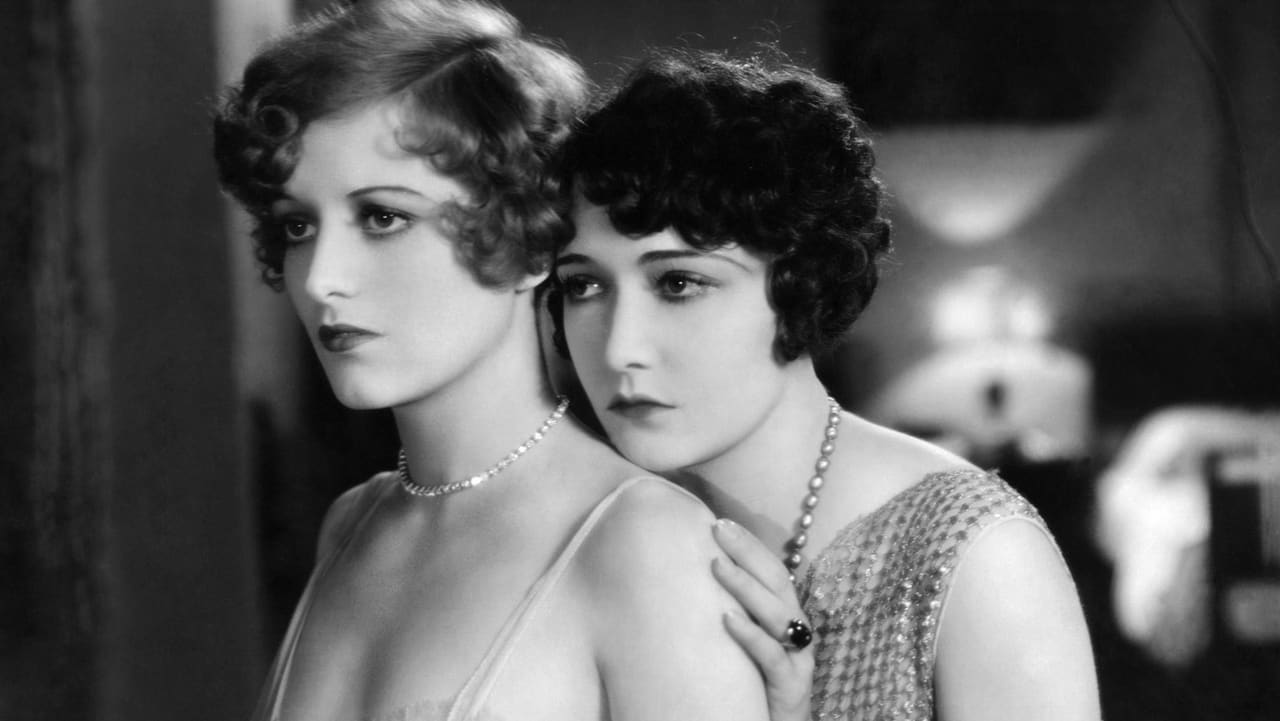

Silent movie with music soundtrack is best known today for being the movie that made Joan Crawford a star. She's good here but shown up by Anita Page, whose drunken histrionics provide the movie with its life. The lack of vocal dialogue greatly helps the presence of Johnny Mack Brown, possessor of one of the worst Southern accents the big screen ever saw. First half hour is a little tedious. It's a series of scattered scenes showing flappers hoofing it up and bickering with their mothers who don't want them to be tramps. The rest of the film deals with love triangle between Crawford, Mack, and Page. The over-the-top ending is the best part. Good for curiosity's sake.
... View MoreJoan Crawford was THE flapper.People who know her from her padded-shoulder days might not know she was well known as a dancer in the early days of her career and of motion pictures.She was very watchable, usually, and certainly so in "Our Dancing Daughters." Anita Page was paired with Crawford often, but here she is a not very likable character. Too bad, but she is very good in the role.In a more agreeable part, Dorothy Sebastian is very likable, and very pretty.Nils Asther is cast in a not too sympathetic role, too, and Johnny Mack Brown, still better known for his cowboy roles, also plays a dumb man and the two of them make us wonder what women see in us anyway.Frankly, the film is predictable in its plotting, but the people are worth watching.The version I saw was on Turner Classic Movies, and the soundtrack was rather annoying. One particular vocal recording was played again and again and again and became very intrusive.I recommend watching it for its historical value, but can't imagine wanting to see it more than once.
... View MoreMaybe I just missed something. Joan Crawford wanders aroundbig art deco sets in costumes only a movie star could wear, withtwo enormous eyes. If you look at her eyes in this film, it's reallysurprising. They're enormous. So much white area surroundingsmall dark pupils. And she upbraided Bette Davis for her bugeyes!This film is melodramatic tripe. Good for a few laughs nowadaysmostly, and a look into what drew money at the box office. I wishAnita Page's character had been more sympathetic. I really like tolike Anita in her performances, but here she's totally unlikable. Generally I don't mind that silent actors where lots of makeup andlipstick, but here the fact blazes out of the screen like nothing else. And it's a wonder we are supposed to care about any of them. Thewomen are shallow, and the men don't have a third of thebrainpower needed to catch on.Since I saw this movie, I have seen it's sequal, Our ModernMaidens. And I've seen the Clara Bow programmer The PlasticAge, and the Constance Talmadge/Ronald Coleman film HerSister From Paris. All of these films are more ephemeral now. They were fantasy films. Handsomely produced, but with slowpacing and uneven acting. Our Dancing Daughters, which I hadinitially heard a lot of good things about, was a resoundingdisappointment.
... View MoreGreat Roaring 20's silent melodrama that made Joan Crawford a household name. She plays a wild flapper who falls in love with millionaire Brown, but looses him to another woman Page. Sounds typical, but it is a must see for film buffs and Crawford fans. Packed with party scenes, gin, and Charlestons. Contains crowd noises and sound effects.
... View More